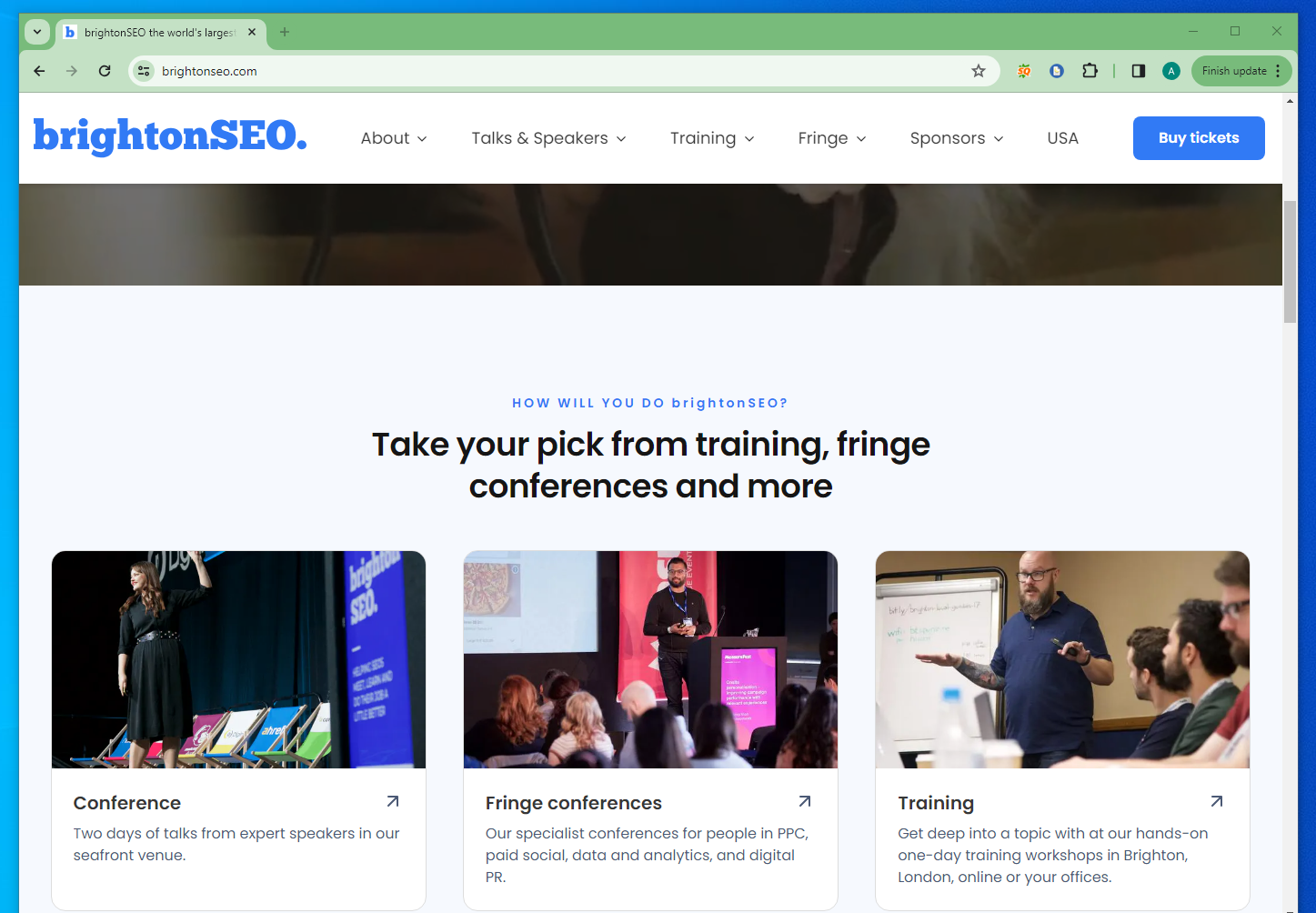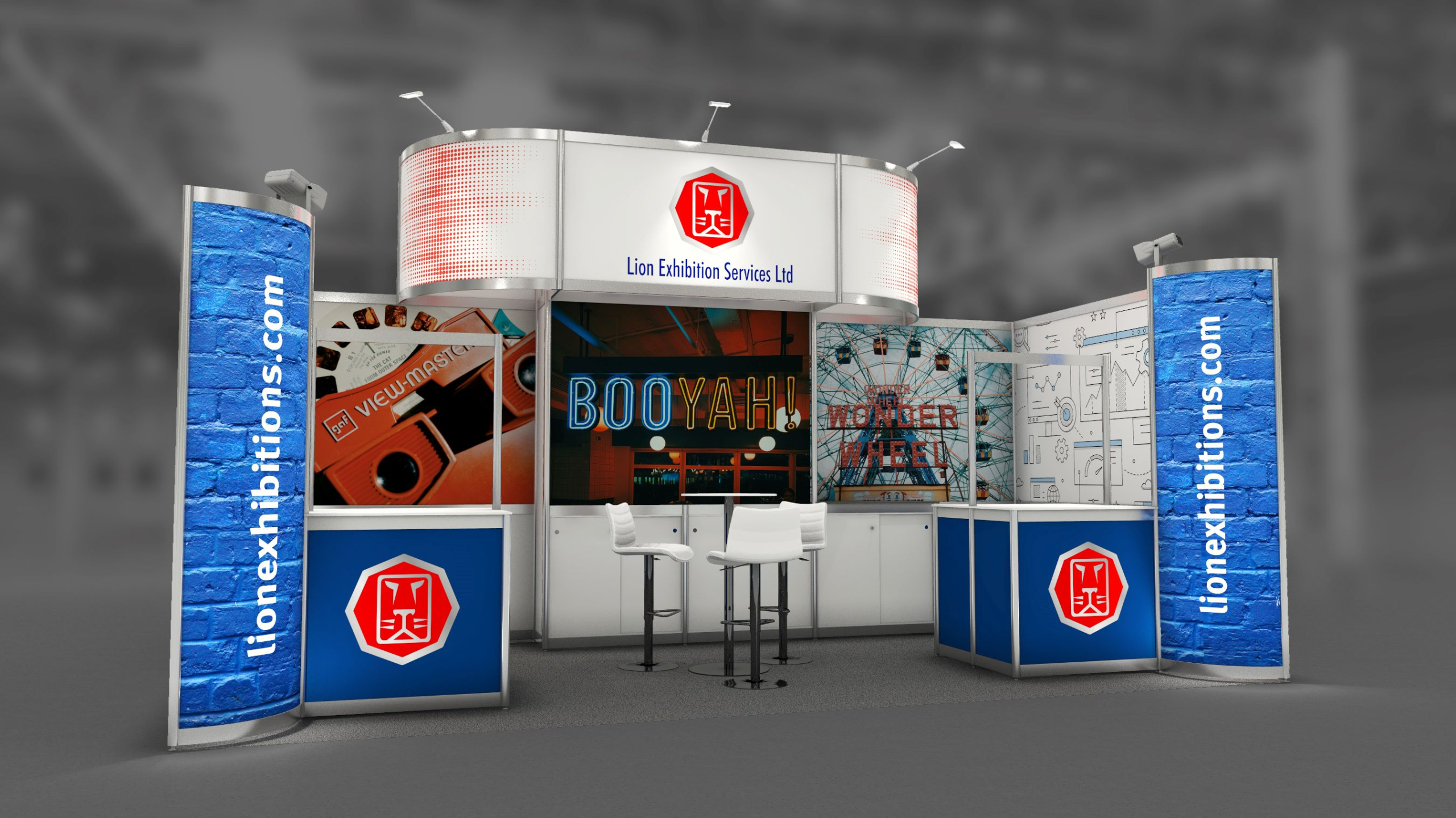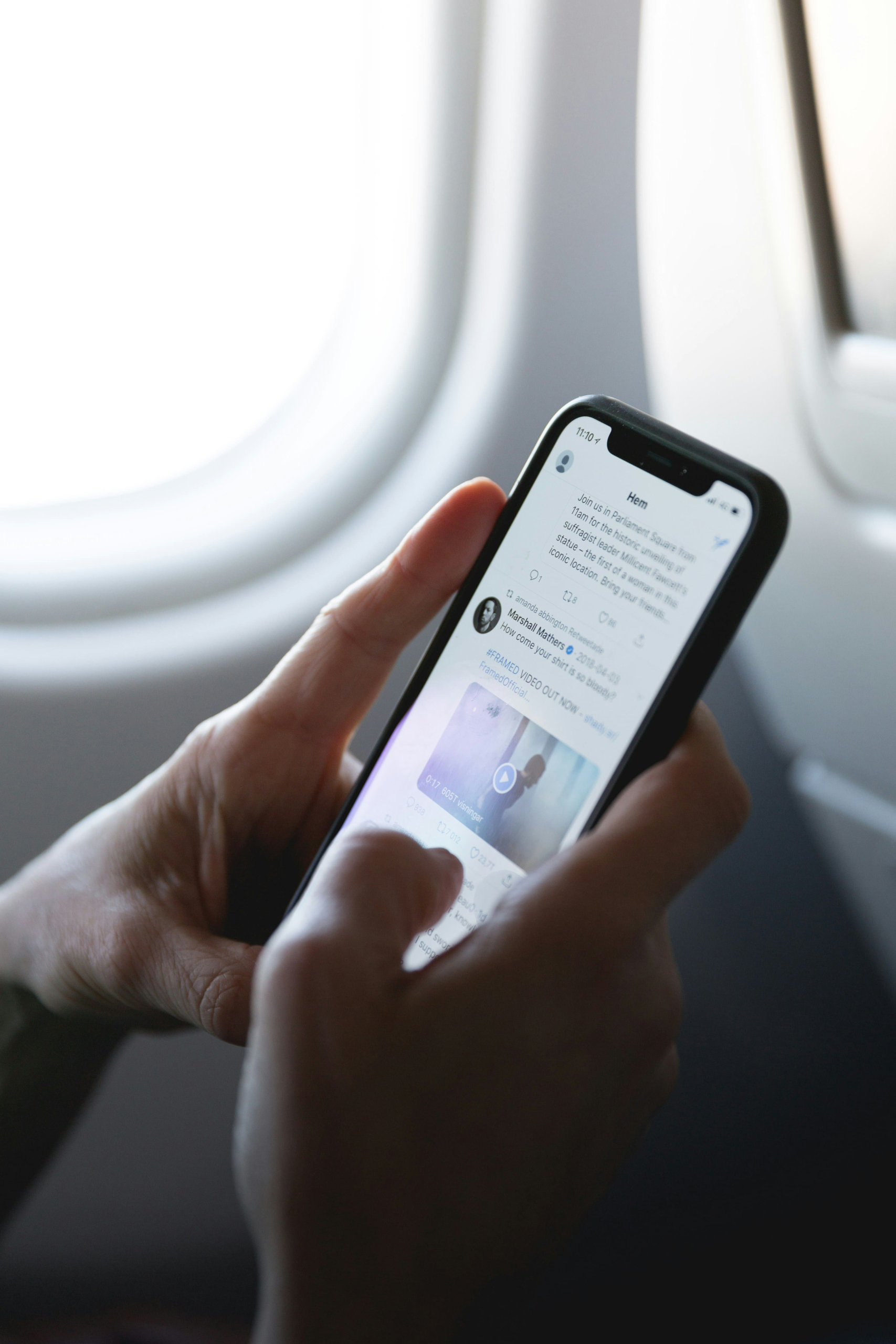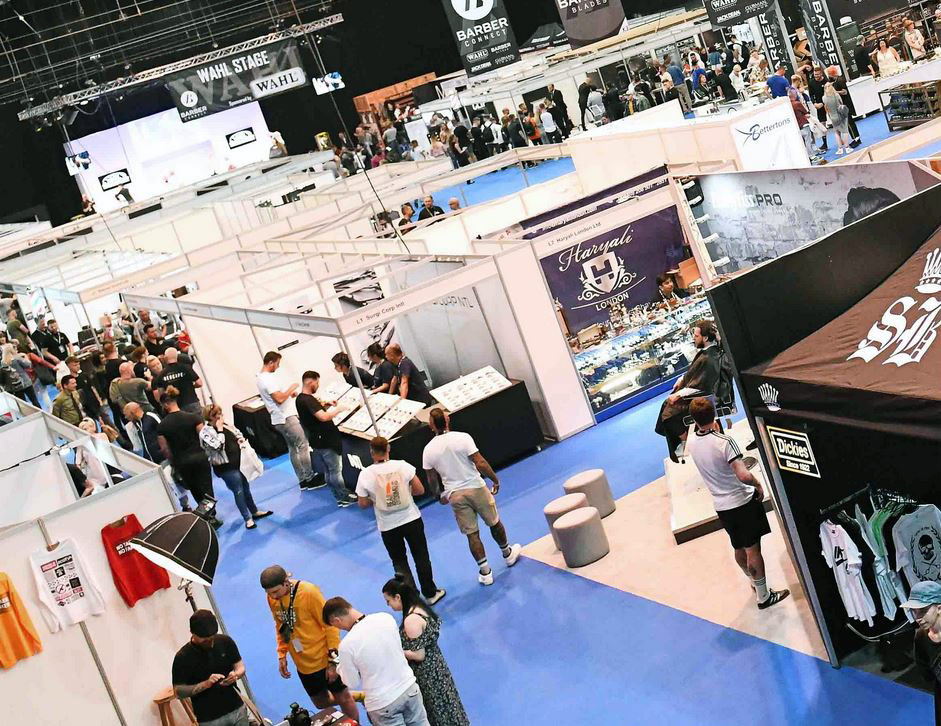PR Advertising
Another press release, this time geared towards attendees. Announce your early bird ticket sales and include all of the key dates and details. This press release should also include some of the most exciting events and exhibits you have confirmed.
PPC
Pay-per-click advertising helps your event show up at the top of relevant searches in Google and other search engines. It can also support your social media strategy with paid social promotions.
Target keywords for services your exhibitors might provide. The people researching those services are likely to be interested in your exhibition.
LION Tip: Keep tracking how your PPC campaigns are performing in GoogleAds, so that you can make any changes if needed.
Print
Industry publications often sell advertising space in their pages. Consider buying a quarter-page, half-page or even a full-page ad to promote your industry event. Include all the key details and contact, and make sure it is well-branded.
Recruit Exhibitors as Marketers
Most businesses will announce that they are showing at a particular event on their social media, email and blog channels. Encourage this among your exhibitors, as it all leads back to creating a buzz around your event.
Put together a Marketing Package for your exhibitors to help them invite potential leads to the show. Include key dates and benefits for attendees, as well as the ticket booking link.












